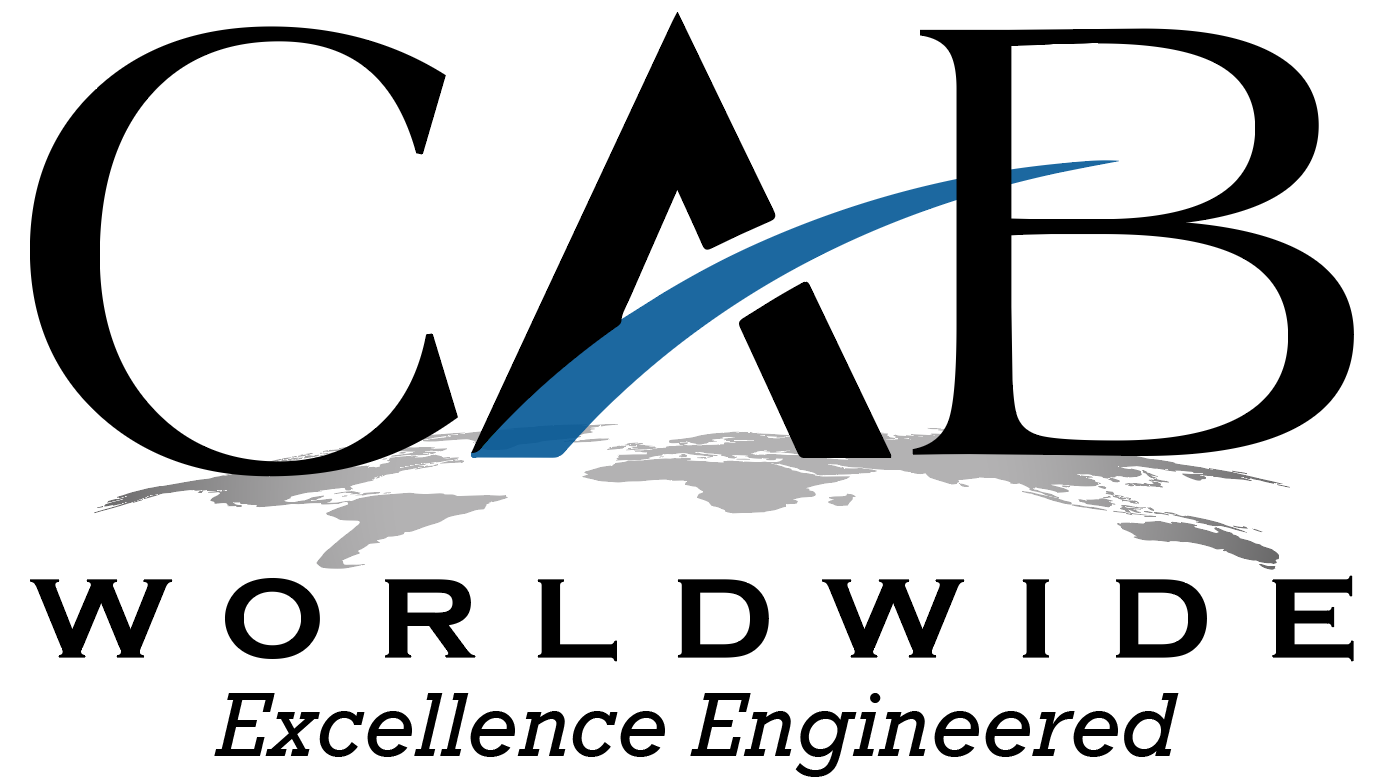As domestic oil production is anticipated to reach record highs within the next 5 years or so, it’s vital to establish a safe mode of transport for this necessary fuel source. Crude by rail is an effective method, however any accident that occurs during transit is magnified due to the explosive properties of the cargo. To reduce the chances of anything like that happening, there are a few things that can be done to reduce the risk of accidents, and to minimize resulting damages.
Training
One of the most important factors in any emergency situation is the training of first responders. For this reason, throughout the U.S. local leaders are made aware of crude shipments in their area, and plans are created so that the right people are made aware of where emergency response equipment is located and what to do in case of an accident. Railroads also provide training for first responders so they are prepared to approach and handle each situation that can arise.
Inspections
Railroads are only as safe as their tracks and individual train cars. By regularly inspecting each part of rail infrastructure, crews can be made aware of various issues that can present a threat to safety. There are even car defect detectors that use sensing technology to measure everything from force, sounds, and temperatures to look for any defects that may be present in the railcars as they travel over the tracks.
Standards
New tank car designs are less likely to puncture and are built to withstand much more than their previous counterparts. All tank cars must either be replaced or brought up to these new standards within the next two years, which should help minimize damage even in the event of a crash. New braking systems are also required, which apply the brakes on all cars at once to avoid cars in the back from continuing forward even after the first car stops. This in itself should avoid major catastrophe on the rails and reduce the chances of derailment.
